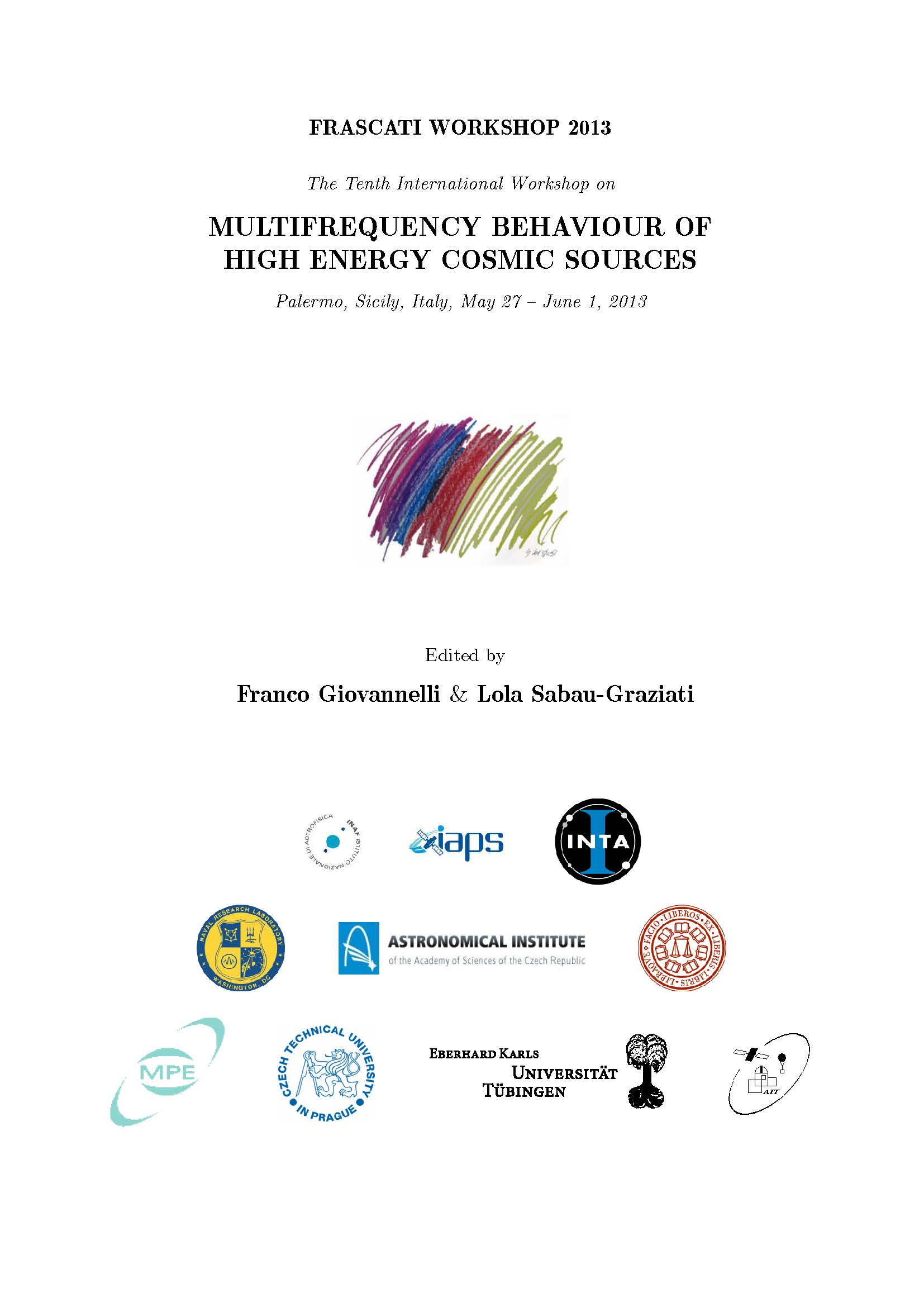Mass Accretion Processes in Young Stellar Objects: Role of Intense Flaring Activity
DOI:
https://doi.org/10.14311/APP.2014.01.0108Abstract
According to the magnetospheric accretion scenario, young low-mass stars are surrounded by circumstellar disks which they interact with through accretion of mass. The accretion builds up the star to its nal mass and is also believed to power the mass out ows, which may in turn have a signicant role in removing the excess angular momentum from the star-disk system. Although the process of mass accretion is a critical aspect of star formation, some of its mechanisms are still to be fully understood. On the other hand, strong aring activity is a common feature of young stellar objects (YSOs). In the Sun, such events give rise to perturbations of the interplanetary medium. Similar but more energetic phenomena occur in YSOs and may in uence the circumstellar environment. In fact, a recent study has shown that an intense flaring activity close to the disk may strongly perturb the stability of circumstellar disks, thus inducing mass accretion episodes (Orlando et al. 2011). Here we review the main results obtained in the eld and the future perspectives.Downloads
Download data is not yet available.
Downloads
Published
2014-12-04
Issue
Section
Articles
How to Cite
Orlando, S., Reale, F., Peres, G., & Mignone, A. (2014). Mass Accretion Processes in Young Stellar Objects: Role of Intense Flaring Activity. Acta Polytechnica CTU Proceedings, 1(1), 108-112. https://doi.org/10.14311/APP.2014.01.0108



